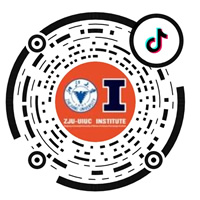The 18th National Structure Design Contest for College Students was successfully held from October 15 to 19, 2025. This year’s contest, themed “Design and Fabrication of a Wupeng Boat Structural Model,” drew 1,792 teams from 591 universities across 31 provinces and regions in China. After intense rounds of design, testing, and expert assessment, a team including He Nuoyu and Xiang Shihan, both Class of 2028 in Civil Engineering from ZJUI, and Liu Yangao, Class of 2027 from the College of Civil Engineering and Architecture, Zhejiang University claimed the National First Prize. Their entry “Shenzhou Hao” also secured eighth place overall in the national finals.
The team shared that “Shenzhou Hao” carries a meaning far beyond its form as a model ship — it represents their spirit of exploration and pursuit of scientific innovation. “We hope our project can move forward steadily in its own journey of exploration, much like China’s Shenzhou spacecraft.” they explained. “To us, it stands for the courage to innovate and the perseverance to overcome every challenge in structural design.”
Inspired by the traditional Wupeng boats of the Jiangnan region, the team integrated principles of structural mechanics and fluid dynamics to develop a highly efficient yet elegant structural design. The vessel features a raised bow and a longitudinally-transversely interlaced keel structure, which optimizes the water entry angle to minimize wave resistance while ensuring exceptional stability and impact resistance. Through extensive simulations and experimental validations, the "Shenzhou Hao" delivered outstanding performance in speed, stability, and load-bearing capacity, garnering unanimous acclaim from the experts.
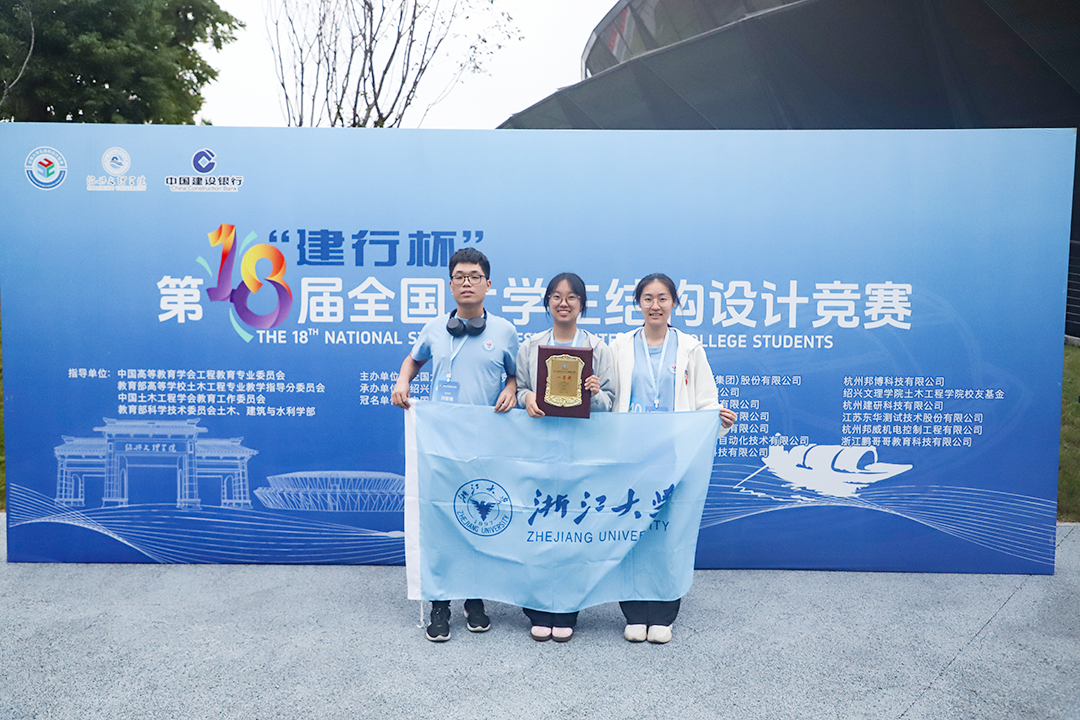
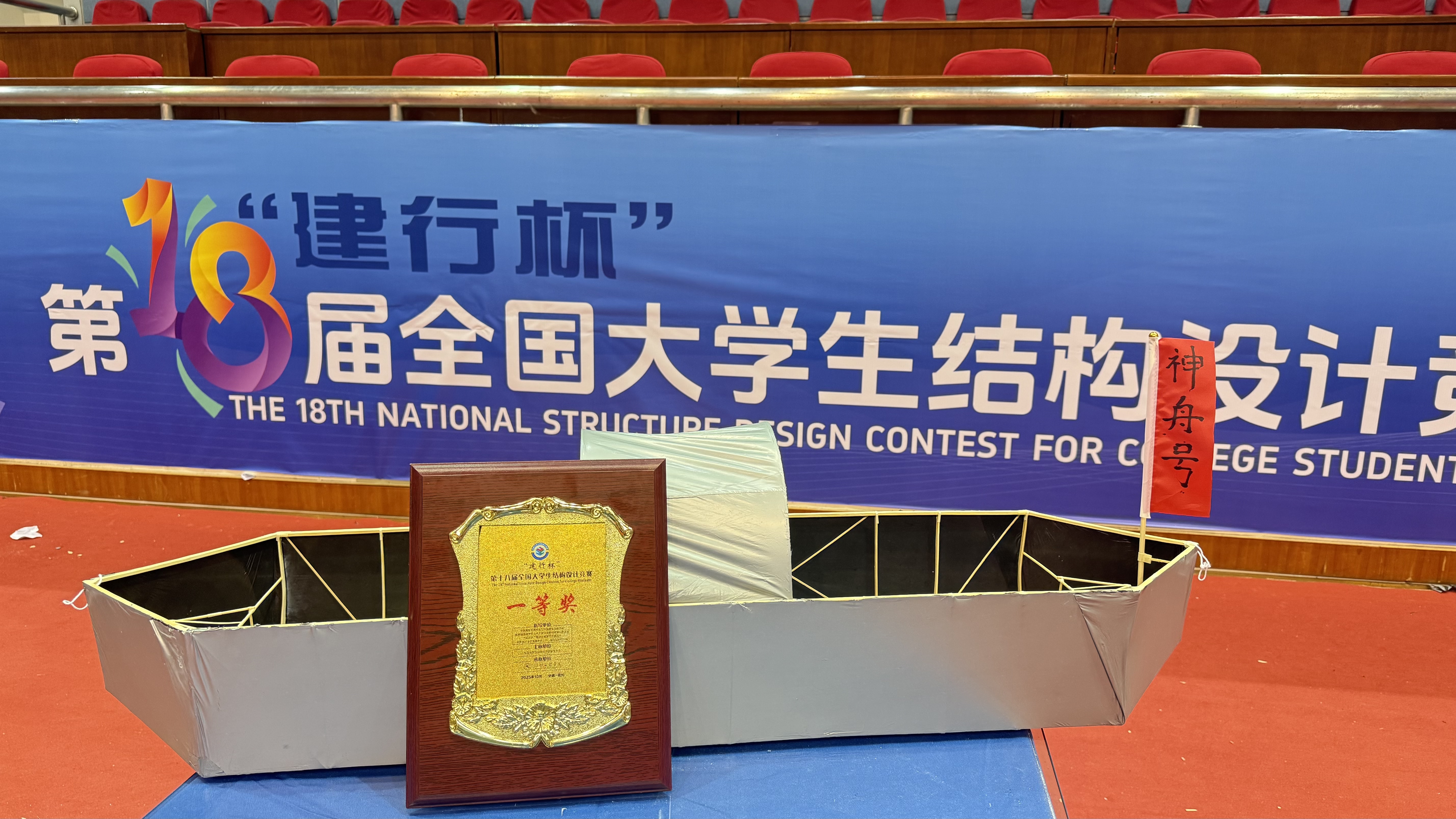
Looking back on their journey, the team members recalled: “When we first joined ZJUI, we heard that our senior, Li Xinyang, Class of 2025 in Civil Engineering, and his team had claimed the national first prize that year. Later, under his guidance, we started to grasp the logic and creativity behind structural design, and that’s when our passion for the field truly took root.” Fueled by that inspiration, the three students formed a team. Drawing on their solid theoretical foundations and hands-on tenacity, they navigated through multiple stages of the contest and ultimately qualified for the national finals.
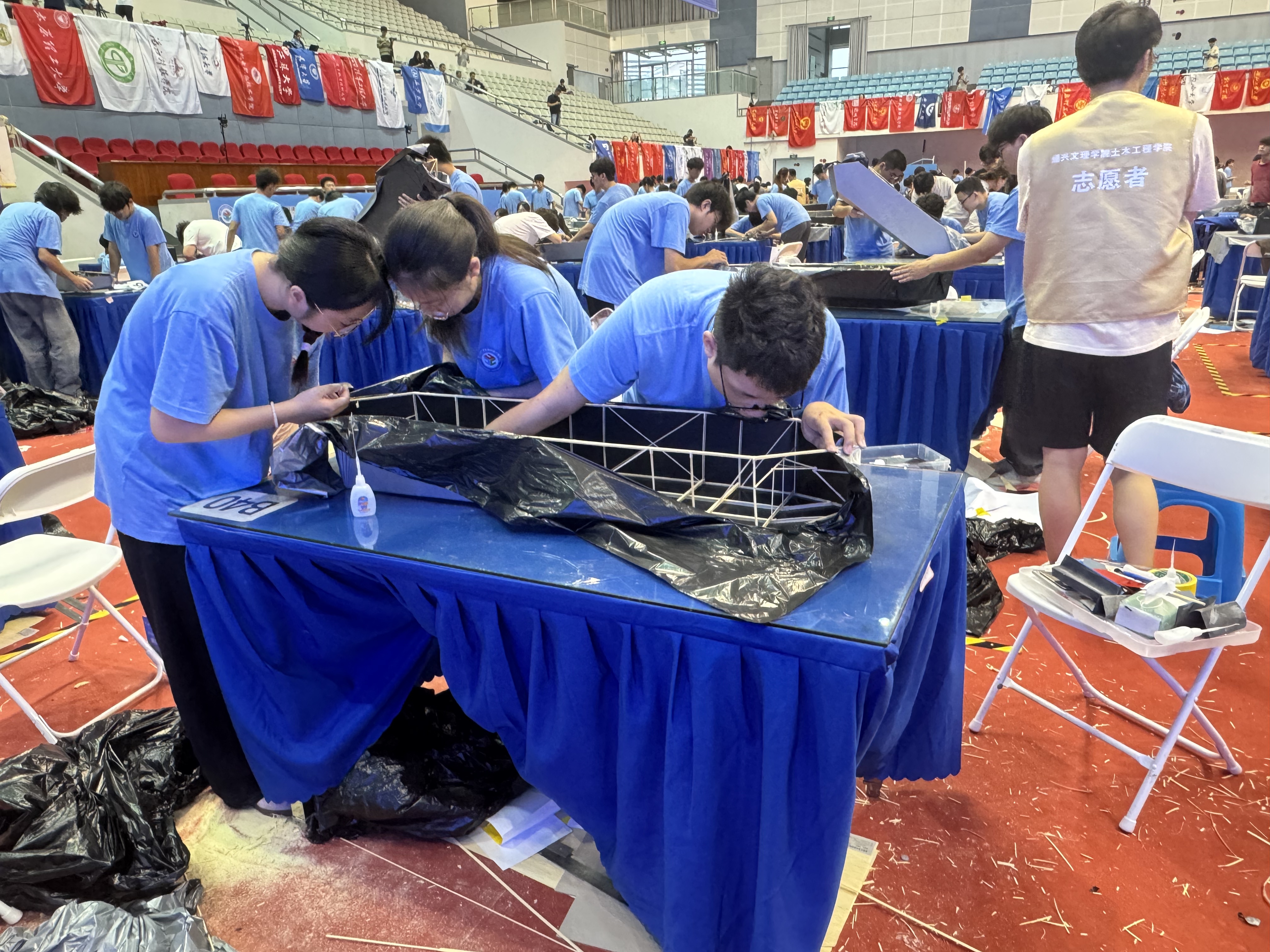
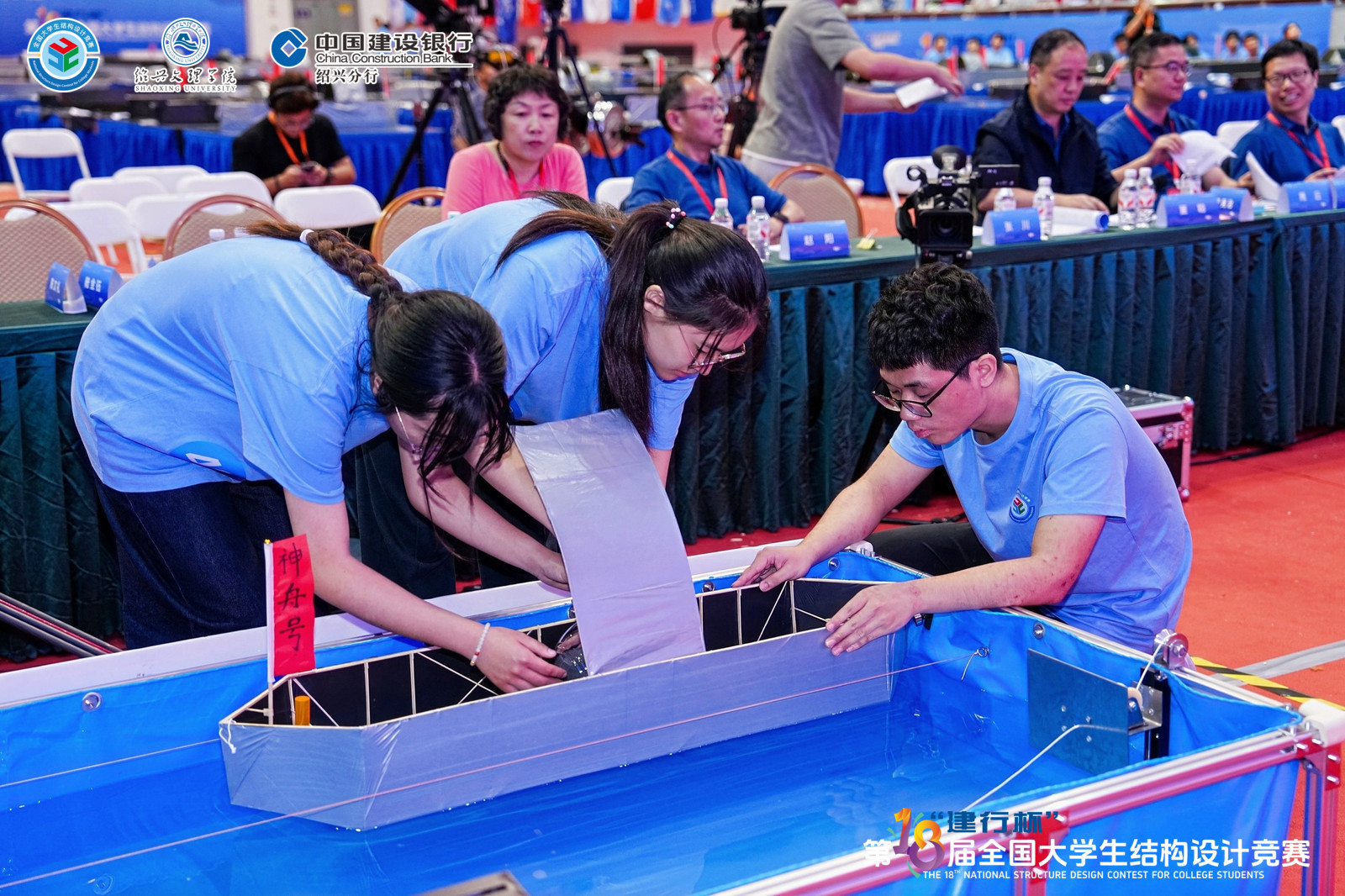
At the national stage, the team faced an entirely new challenge—this year’s topic involved fluid mechanics and ship structure design, a new domain for all of them. To bridge that gap, they systematically studied fluid–structure coupling analysis and the mechanics of hull structures, carried out extensive preliminary research, and took part in academic exchanges in other universities. Through countless discussions and experiments, they gradually developed a deeper understanding of the interaction between fluid and structure, laying a solid theoretical foundation for their final design.
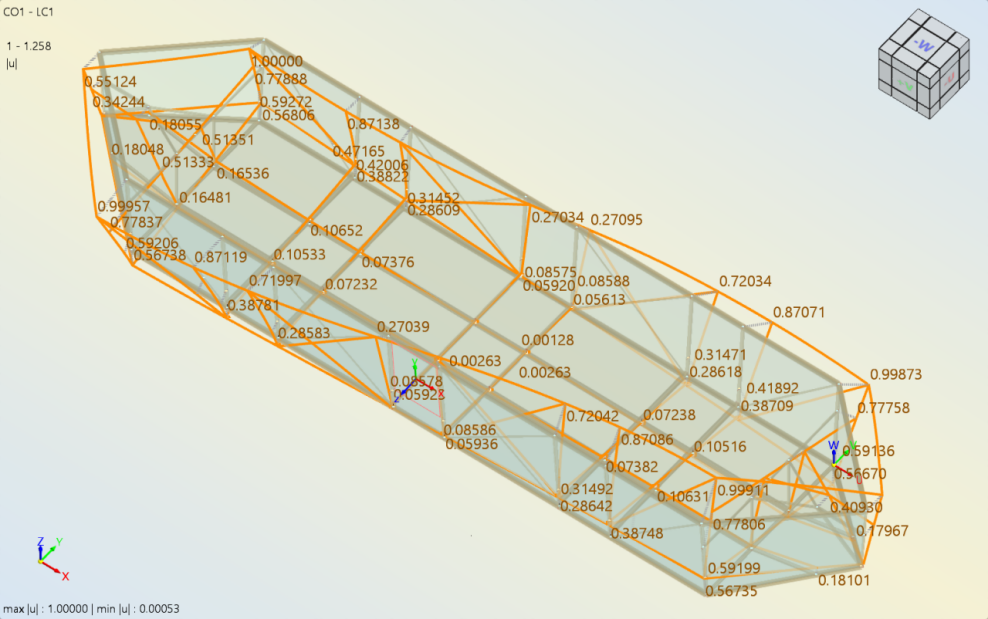
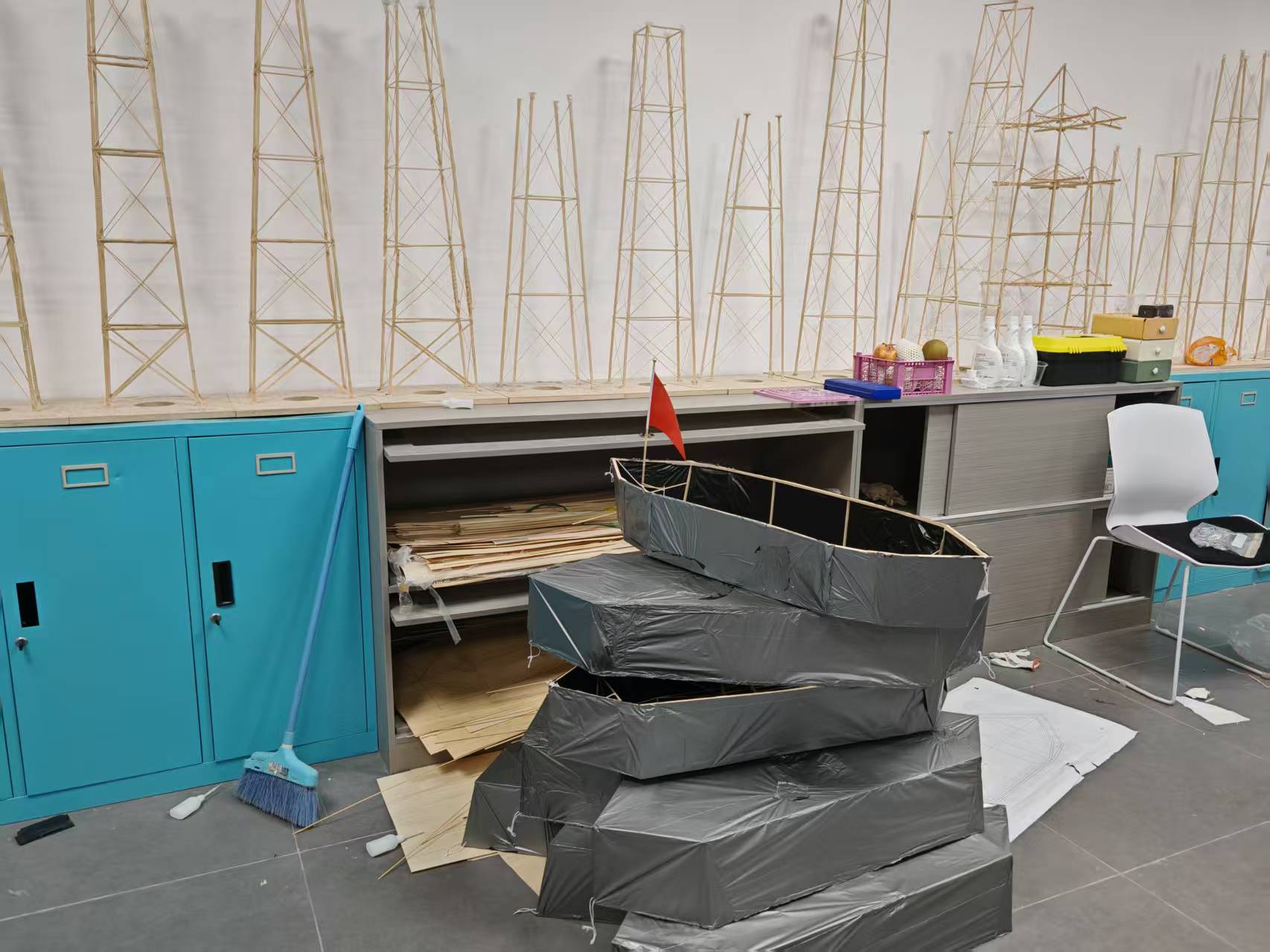
From June to October, the team spent over four months preparing for the competition, pulling late nights in the lab and barely taking any days off. They utilized CAD for modeling and parametric design, employed Dlubal to conduct finite element analysis, and used SketchUp for 3D visualization, refining their "Shenzhou Hao" design with each iteration. The team went through roughly 40 design versions, tested out five different hull schemes, and carried out 13 scaled-model resistance tests, constantly optimizing hull curves, keel configurations, and load distributions.
“This experience taught us more than engineering.” He Nuoyu, one of the members reflected. “Through endless testing and revision, we learned perseverance, humility, and the beauty of rational order that lies at the heart of structural design.”
In addition, the team members mentioned that they sincerely appreciate the invaluable guidance and support provided by the senior Li Xinyang at ZJUI during the preparation phase. They also noted that ZJUI’s educational system, with interdisciplinary integration as its core feature, has not only helped them develop the habit of independent exploration in their studies but also honed their ability to comprehensively apply multidisciplinary knowledge. “We deeply realized that learning at ZJUI is not only the accumulation of knowledge but also the shaping of thinking patterns. It is precisely this open, interdisciplinary, and practice-oriented learning environment that allowed us to maintain curiosity and dare to explore uncharted territories.”







